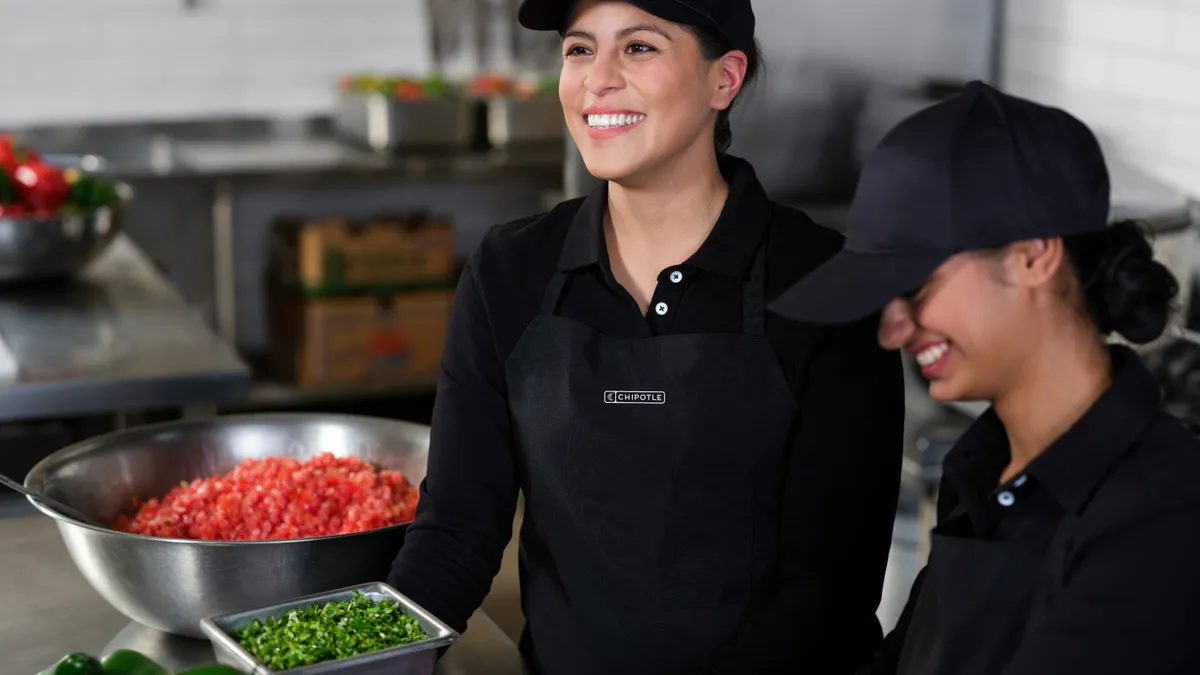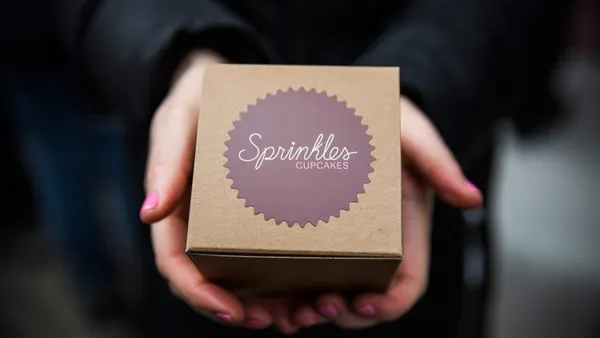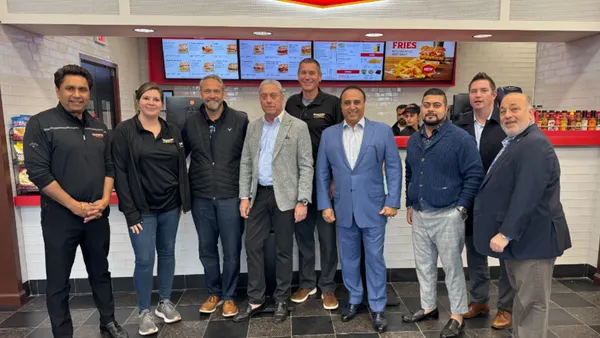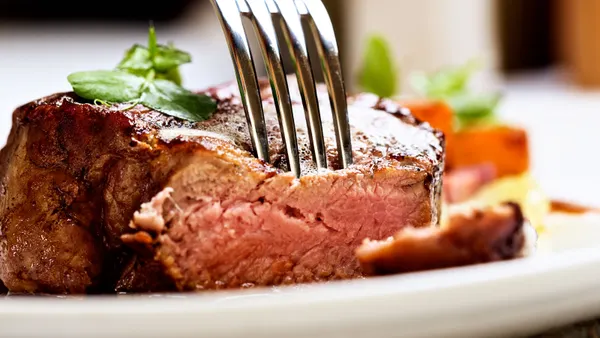Dive Brief:
- Chipotle reported same-store sales growth of 7%, driven by a 5% uptick in transactions during the first quarter, CEO Brian Niccol said Wednesday during an earnings call.
- Sales were driven by improvements to restaurant throughput and recent marketing campaigns, including pushes around Barbacoa and the return of its Chicken Al Pastor limited-time offering, Niccol said. Throughput at the chain reached its highest levels in four years.
- Traffic growth occurred even with pricing increases. During the quarter, Chipotle’s menu prices rose nearly 3%, CFO Jack Hartung said during the Wednesday call.
Dive Insight:
In California, Chipotle doubled its menu price hike to between 6% and 7% to offset the impact of the $20 minimum wage, which increased wages by almost 20%, Hartung said. For Q2, these increases will add a full point to overall company pricing. Despite this change, diner traffic across income levels has improved.
“We’re just seeing gains with all income cohorts,” Niccol said. “And when we ask the question, why is that? What we hear back from every group is, it's a great value proposition. So the speed at which people can get these quality ingredients, customize the way they want for the price points that we provided is playing back [as] creat[ing] value in this environment.”
Traffic also far exceeded the overall fast casual industry’s performance in the past three months, according to Placer.ai data. Chipotle visits were up in January (4%), February (14%) and March (12%). Comparatively, overall fast casual traffic dipped 1% in January, rose 7.6% in February and rose 5.7% in March.
One of Chipotle’s top strategies has been to improve throughput in the front line to provide faster service to customers. Last year, the chain focused on training staff and making sure they were deployed properly to keep up with demand.
“This leads to more stability and therefore, more experienced teams that execute better every day,” Niccol said. “And this can be seen in our latest turnover data, which is at historically low levels. And for our guests, faster throughput results in shorter, faster moving lines and hotter, fresher food, strengthening our value proposition and driving incremental transactions.”
Chipotle's transaction growth
The company has also seen a shift to more customers ordering in-store instead of for mobile pickup because of the improved throughput times, Hartung said, adding that in-store was the fastest growing channel during the quarter. In-store sales made up 19% of sales while digital made up 37%, Niccol said.
Additionally, the chain rolled out a tool to measure throughput in real time and provide feedback to crew members, which is also helping improve speed of service, analyst BTIG said in a report emailed to Restaurant Dive.
Throughput has improved by two entrees systemwide during Chipotle restaurants’ peak 15 minutes. One restaurant in Boston boosted throughput to over 40 entrees during its peak 15-minute period, with some days reaching 80 entrees during this time. A year ago, the restaurant location was preparing around 25 entrees during the peak 15-minute period. Chipotle didn’t specify during what daypart these peak periods take place.
Expansion of its technology tests, including its automated digital makeline and Autocado robot, which cuts, cores and peels avocados, should improve throughput once they are deployed. Both of these technologies are expected to start testing in restaurants later this year, Niccol said. A further expansion of its dual-sided grill test, which reduces cook times by almost 70%, should further enhance throughput, especially in high-volume locations, reducing labor hours during preparation, BTIG said.
“With $2.0B in cash and manufacturing capacity at the ready, we believe Chipotle could aggressively roll out these grills in the near future,” BTIG said.
Chipotle’s business continued to show strength in April and the company expects mid- to high-single digit comp sales for the full year, Niccol said.










